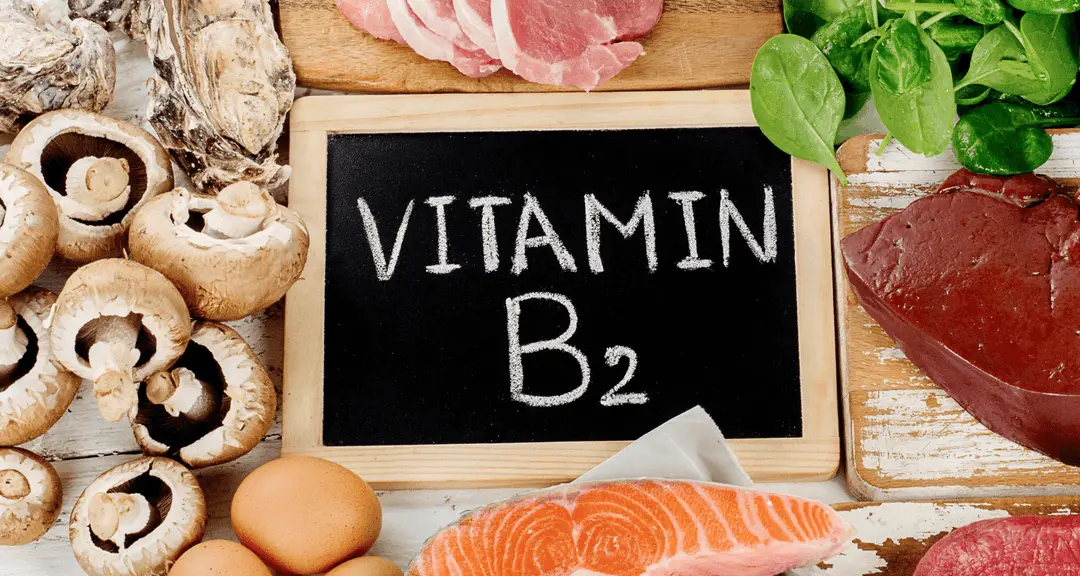riboflavin (Vitamin B2)
Have you ever wondered what makes your urine yellow?
The answer is riboflavin!
Riboflavin, also known as Vitamin B2, was first discovered in milk by Alexander Wynter Byth in 1879. However, it wasn’t officially named and extracted in 1922.[1] It also turned up in eggs and other meat products; eventually scientists realized it was the same vitamin.
It is a part of flavin mononucleotide (FMN) and flavin adenine dinucleotide (FAD), which are involved in key regulatory pathways of mitochondria. Flavonoids are a group of plant chemicals found in fruits and vegetables.[2] Flavonoids have a sundry of anti-inflammatory effects and protect cells from oxidative damage. [2]
Ninety percent of riboflavin is found in the form of FMN or FAD. These molecules are parts of the citric acid cycle and the electron transport chain. [3] FMN resides in complex I of the electron transport chain, FAD in complex II.[3] This may be why many people feel energized after ingesting B vitamins.

FMN is a cofactor for NADH-CoQ, which converts NADH to CoQ. FAD carries an electron and is a cofactor for succinate dehydrogenase, which expedites the conversion of succinate to fumarate in the citric acid cycle. If this doesn’t happen, the ETC produces superoxide, hydrogen peroxide, nitric oxide, and hydroxyl radicals, which damage DNA. [4]
Riboflavin is a vital component of mitochondrial energy production mediated by the Electron Transport Chain. It is pivotal to the production of ATP, which leads to membrane stability and the sustainment of adequate energy-related cellular functions. A decrease in riboflavin can lead to cataracts, neurodegenerative diseases, and cardiovascular issues.[5]
References and Works Cited
Brody T. Nutritional Biochemistry. 2nd ed. San Diego: Academic Press; 1999.
Food and Nutrition Board, Institute of Medicine. Riboflavin. Dietary Reference Intakes: Thiamin, Riboflavin, Niacin, Vitamin B-6, Vitamin B-12, Pantothenic Acid, Biotin, and Choline. Washington D.C.: National Academy Press; 1998:87-122. (National Academy Press)
Golbach, Jennifer L., et al. “Riboflavin in nutrition, food processing, and analysis-A Review.” Journal of Food Research 3.6 (2014): 23.
Markley, Herbert G. “CoEnzyme Q10 and riboflavin: the mitochondrial connection.” Headache: The Journal of Head and Face Pain 52 (2012): 81-87.
Powers, Hilary J. “Riboflavin (vitamin B-2) and health.” The American journal of clinical nutrition 77.6 (2003): 1352-1360.
Udhayabanu T, Manole A, Rajeshwari M, Varalakshmi P, Houlden H, Ashokkumar B. Riboflavin Responsive Mitochondrial Dysfunction in Neurodegenerative Diseases. J Clin Med. 2017 May 5;6(5):52. doi: 10.3390/jcm6050052. PMID: 28475111; PMCID: PMC5447943.


